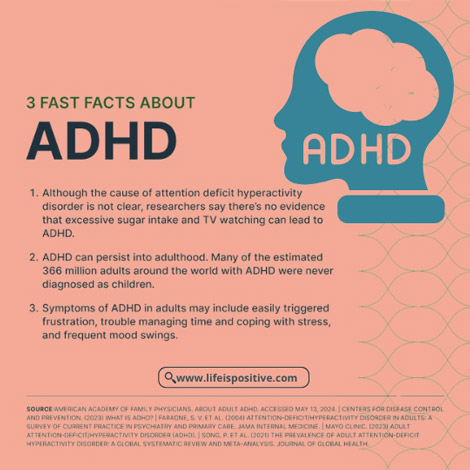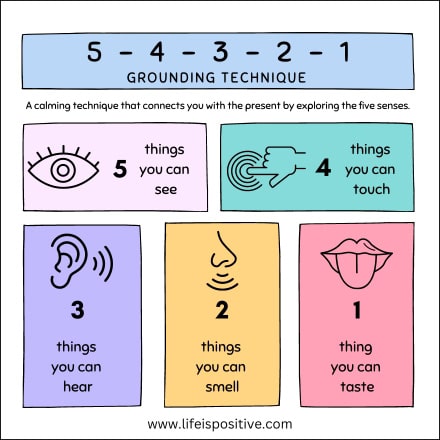|
Getting your Trinity Audio player ready...
|
When it comes to disorders that look like autism, the lines can sometimes get blurry. While autism spectrum disorder (ASD) is often the first thing people think of when they notice behavioral differences, there are several other conditions that can mimic its symptoms.
From sensory sensitivities to social challenges, many disorders share traits with autism, making it tough to diagnose at first glance. Understanding these conditions is crucial for ensuring individuals get the right support and care.
So, let’s take a closer look at some of these disorders that look like autism and how to tell them apart.
1. Social (Pragmatic) Communication Disorder
First up is Social (Pragmatic) Communication Disorder (SCD). This condition messes with a person’s ability to use verbal and nonverbal communication in social situations.
While people with SCD have trouble with social communication, much like those with autism, they don’t show the repetitive behaviors or restricted interests that are typical of autism.
Catching SCD means really getting the subtle details of social interactions.
Read: 10 Surprising Signs of Intelligent Autism
2. Attention-Deficit/Hyperactivity Disorder (ADHD)
ADHD is another disorder that often gets confused with autism because of similar symptoms like inattention, impulsivity, and social challenges.
However, ADHD mainly features hyperactivity and a short attention span. While kids with ADHD might struggle socially, they usually don’t show the repetitive behaviors typical of autism.
Getting the diagnosis right is crucial since treatments for ADHD and autism are quite different.
Read: How to Know If You Have ADHD: Recognizing the Signs
3. Obsessive-Compulsive Disorder (OCD)
OCD involves persistent, unwanted thoughts (obsessions) and repetitive actions (compulsions). This can sometimes get mixed up with the repetitive behaviors seen in autism.
But here’s the deal: OCD compulsions are done to relieve anxiety from obsessions, while repetitive behaviors in autism are usually self-soothing or tied to interests.
Knowing these differences is crucial for getting the right treatment.
4. Sensory Processing Disorder (SPD)
Sensory Processing Disorder (SPD) is all about having trouble handling sensory information, leading to being overly sensitive or not sensitive enough to things like sounds, lights, or textures.
While many people with autism also have sensory issues, SPD can stand alone.
Kids with SPD might get mistaken for having autism because of their unique reactions to sensory stuff, but they usually don’t have the social or communication challenges that come with autism.
A proper assessment can help tell the difference between the two.
Read: VR Games Prove to Be a Game-Changer in Diagnosing ADHD
5. Reactive Attachment Disorder (RAD)
Reactive Attachment Disorder (RAD) comes from severe early neglect or abuse, making it tough for kids to form healthy bonds with caregivers.
Children with RAD might struggle with social interactions and emotional regulation, which can look a lot like autism.
But RAD is tied to early trauma and attachment problems, not the developmental and neurological aspects of autism. Knowing a child’s history is key to getting the diagnosis right.
6. Anxiety Disorders
Anxiety disorders, like Generalized Anxiety Disorder or Social Anxiety Disorder, can sometimes look a lot like autism because they can cause social withdrawal and communication issues.
Kids with anxiety disorders might avoid social situations or struggle to express themselves, similar to those with autism.
However, anxiety disorders mainly center around excessive fear and worry, while autism involves a wider range of developmental differences.
Read: This One Habit Will Make Your Kids Behave Better Than Ever
7. Nonverbal Learning Disorder (NVLD)
Nonverbal Learning Disorder (NVLD) comes with strong verbal skills but big challenges with nonverbal communication, motor skills, and spatial awareness.
This can cause social awkwardness that might be mistaken for autism. However, kids with NVLD don’t usually have the repetitive behaviors or narrow interests seen in autism.
Paying attention to the specific strengths and weaknesses in their learning can help tell NVLD and autism apart.
8. Schizophrenia
Early-onset schizophrenia is pretty rare in kids, but it can sometimes get mistaken for autism because they share symptoms like social withdrawal, communication issues, and odd behaviors.
However, schizophrenia includes psychotic symptoms like hallucinations and delusions, which you don’t see in autism.
Spotting these psychotic features is crucial for getting the right diagnosis.
9. Intellectual Disability
Intellectual Disability (ID) involves challenges with intellectual functioning and adaptive behavior. While some kids with ID might also have autism, they’re not the same thing.
ID by itself doesn’t come with the social and communication issues or the repetitive behaviors that are specific to autism.
Evaluating intellectual functioning along with social and behavioral patterns helps distinguish ID from autism.
How to Approach Diagnosis
• Comprehensive Evaluation: A thorough assessment by a multidisciplinary team, including psychologists, psychiatrists, and occupational therapists, can help pinpoint the correct diagnosis.
• Detailed History: Gathering a detailed developmental history and understanding the child’s behavior across different settings is essential.
• Observation: Direct observation of the child in various environments can provide insights into their social interactions, communication patterns, and behaviors.
• Standardized Testing: Utilizing standardized diagnostic tools and tests can help differentiate between autism and other conditions.
Supporting Children with Similar Symptoms
Regardless of the diagnosis, children with similar symptoms often benefit from supportive environments that cater to their specific needs. This includes:
• Individualized Education Plans (IEPs): Tailoring educational strategies to meet the child’s unique learning needs.
• Therapy: Engaging in therapies such as speech therapy, occupational therapy, or cognitive-behavioral therapy (CBT) based on the specific diagnosis.
• Parental Support: Educating and involving parents in intervention plans to ensure consistency and support at home.
Final Thoughts: Disorders That Look Like Autism
Navigating the world of developmental and psychological disorders can be tricky, but getting a handle on the differences between autism and look-alike disorders is super important.
The right diagnosis and personalized support can make a huge difference in a child’s life, helping them thrive and reach their full potential.
Misdiagnosing can lead to treatment plans that don’t actually meet the child’s needs.
When caregivers and professionals accurately identify the condition, they can put in place strategies that truly support the child’s development and well-being.
Thanks for reading and diving into these complex and often misunderstood conditions.
For more empowering content, connect with our vibrant community here ➡️ Social Media.



